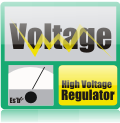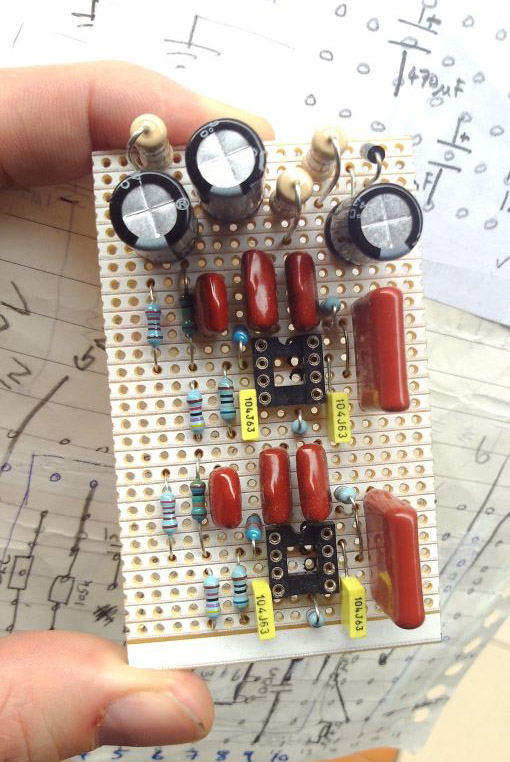Build Improvised Fan Grills

Making your own grill for your fans would be a lot easier and cheaper. You could use all materials that can be found in your home. Your main component would be your old fan, removed its metal ring and you can now measure the desired length or size of grid that you will be needed. Cut the grid across so it will be easier to cut, then place it in the tower and use the same screw you removed in the fan. Now you can put the grid holding fan back in its place. Clean up and you can now use your very own fan grills that cost almost nothing but your patience.











